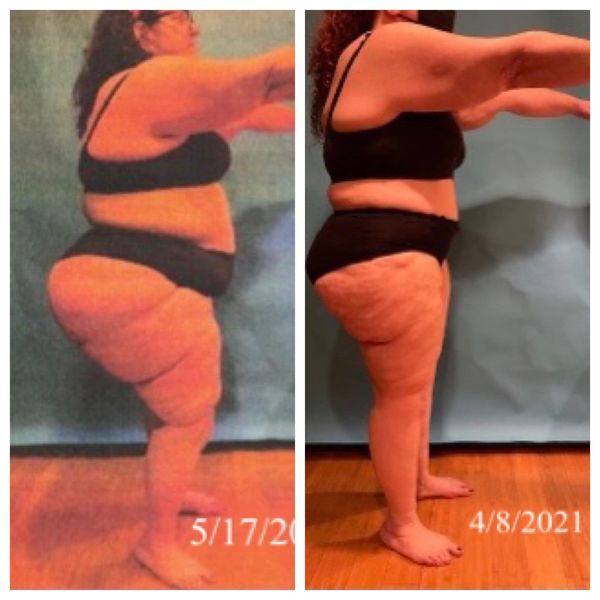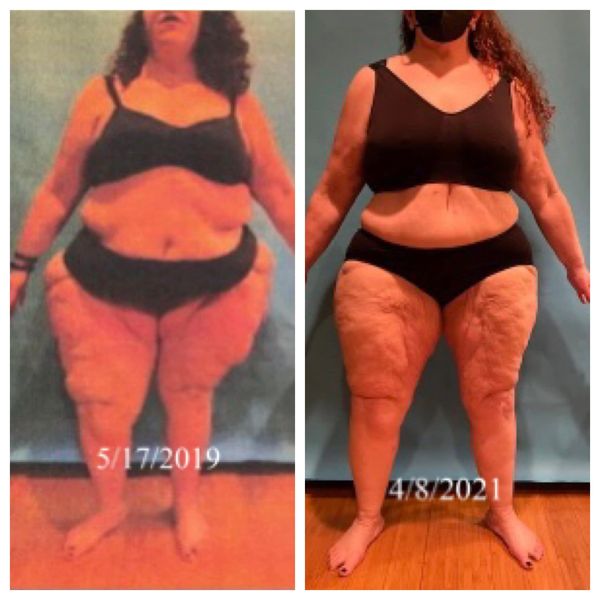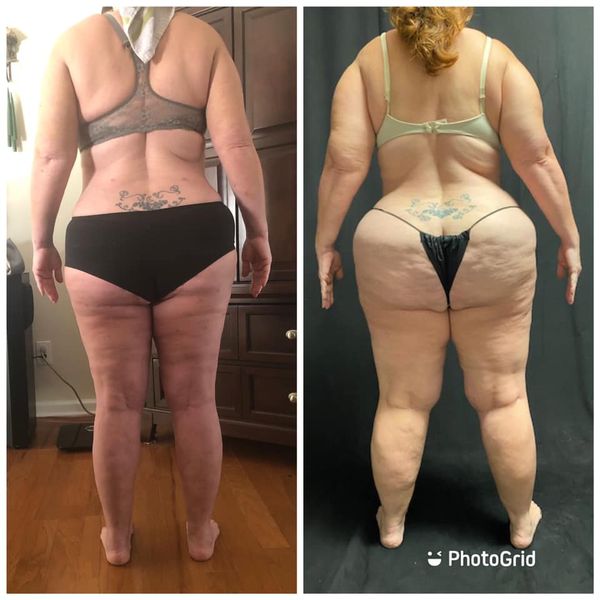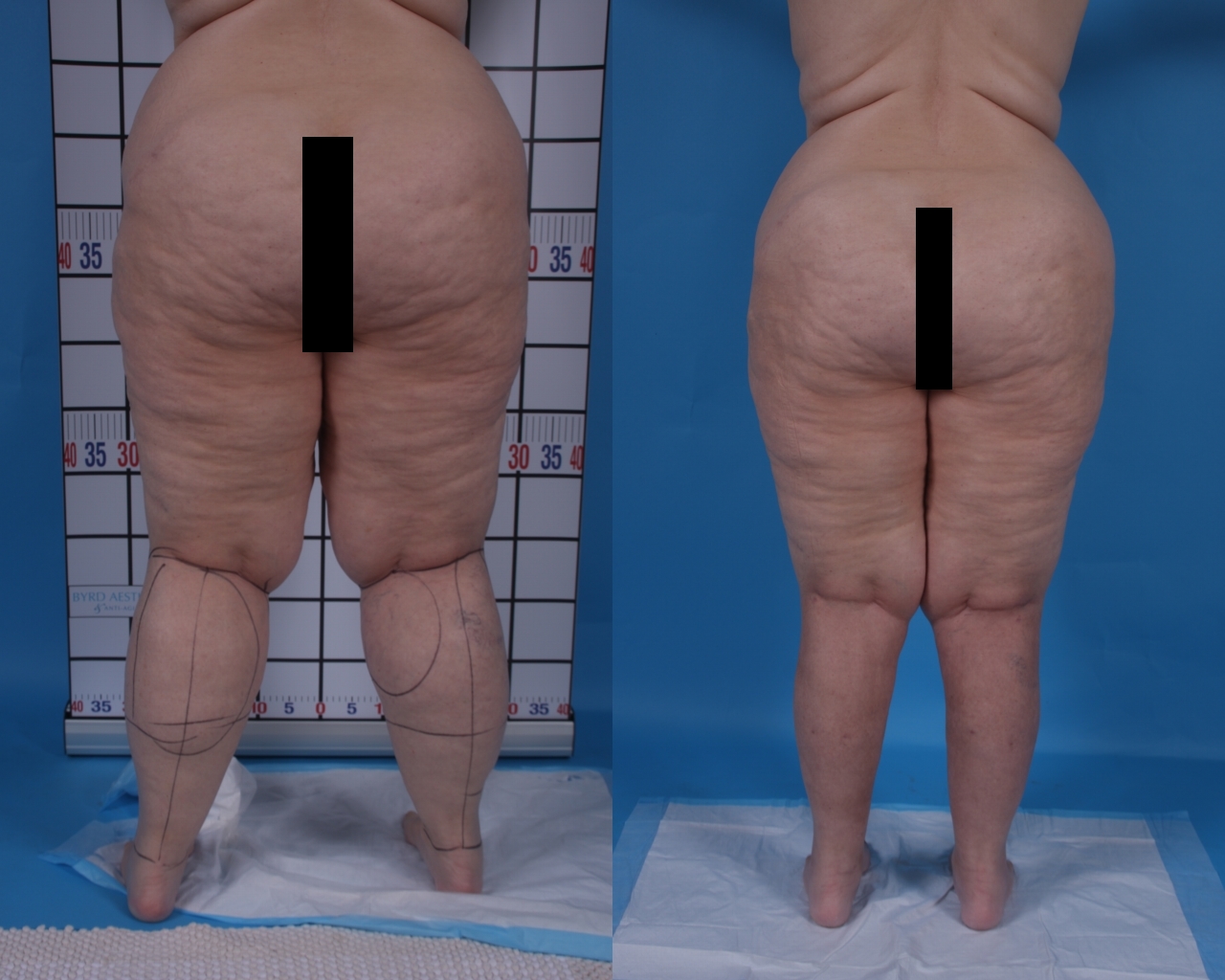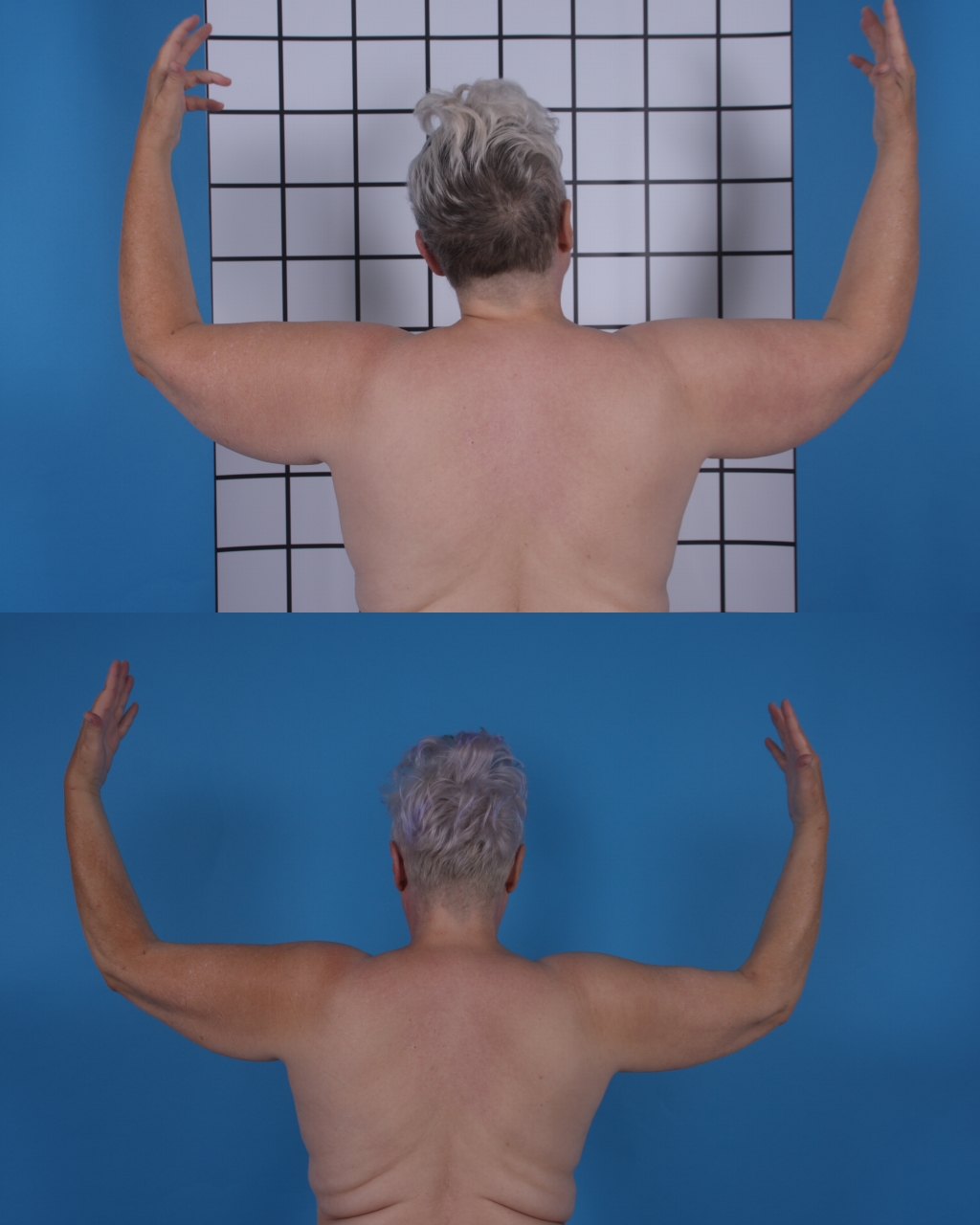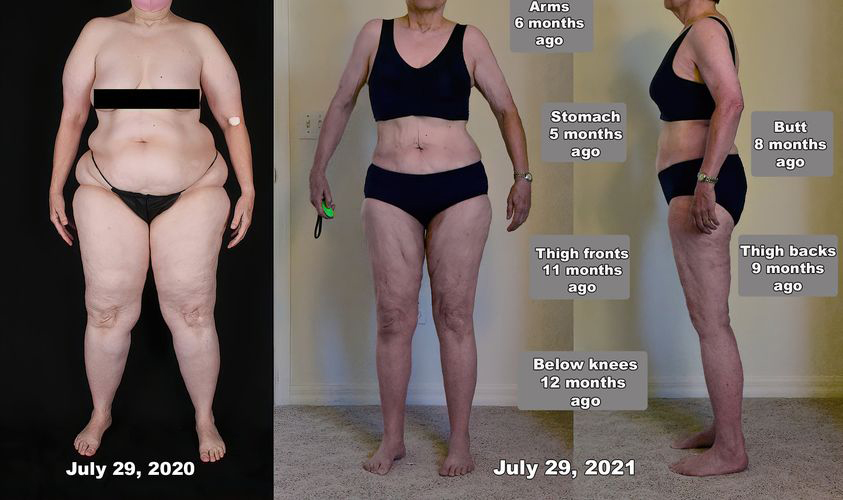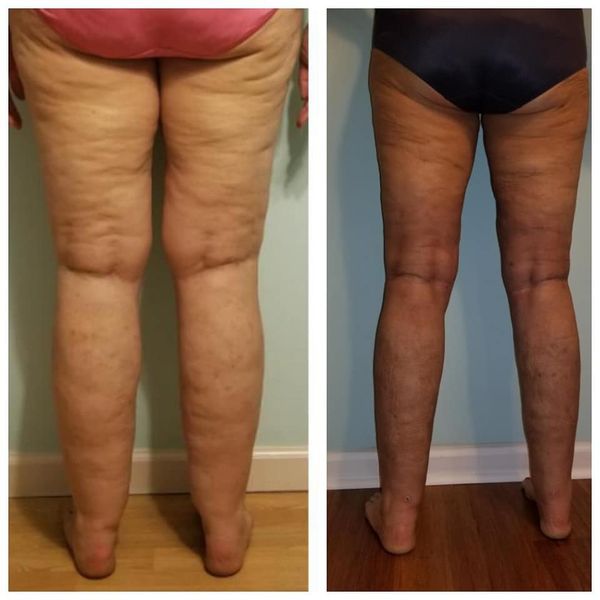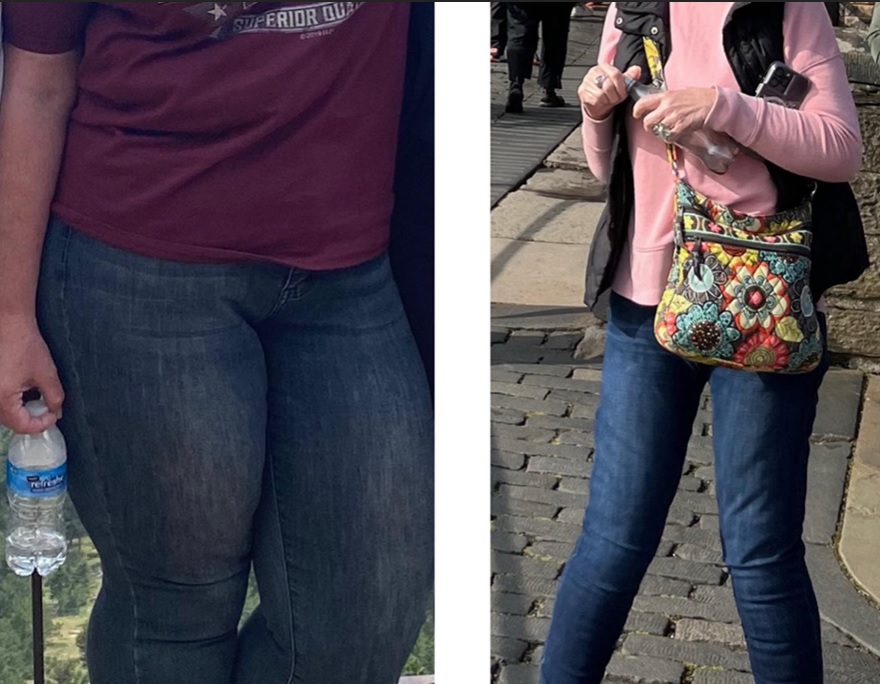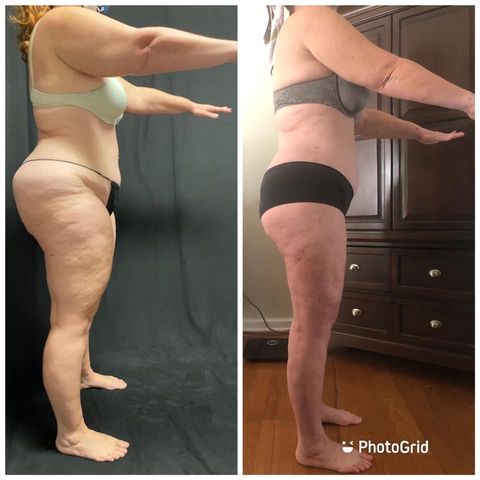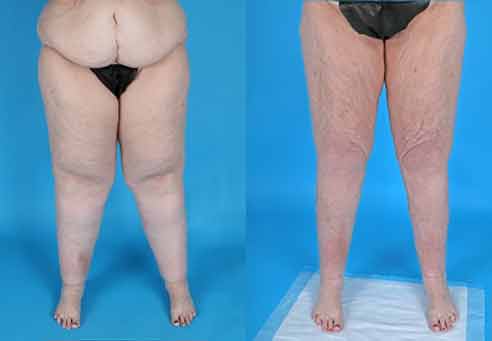Welcome to Lipedema Surgery Center
Lipedema Surgery Center was founded by Marcia V. Byrd M.D. , who has over 30 years of experience in lipedema liposuction techniques including lymph-sparing WAL (Water-Assisted Liposuction) and PAL (Power-Assisted Liposuction) techniques.
Dr. Byrd has performed thousands of Lipedema liposuction surgeries and has trained with Dr. Josef Stutz of Germany, the world renown authority on Lipedema liposuction.
You will find that Dr. Byrd and all of her staff are caring individuals who are truly dedicated to treating patients who have this disorder, by giving them hope, and alleviating their pain emotionally and physically.

Marcia V. Byrd, M.D.
30+
Years Experience
15,000 +
Successful Surgeries
Custom, One Area Approach

Stages & Types of Lipedema – Read More
Stage 1
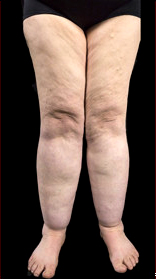
Stage 1 lipedema is characterized by the presence of nodules or small fatty lumps beneath the skin.
Photos by Dr. Karen Herbst
Stage 2
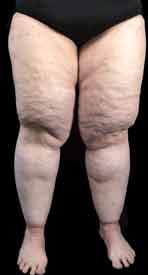
As lipedema progresses to stage 2, the affected areas become larger and disproportionate to the rest of the body.
Stage 3
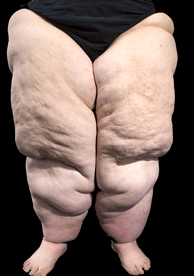
The symptoms escalate, and the impact on daily life becomes significantly more challenging.
Stage 4

Lipo-lymphedema where both lipedema and lymphedema are present.
Read What Dr. Byrd’s Patients Have to Say:
So far, I have had 2 lipedema procedures, the lower front and the lower back of my legs. I appreciate Dr. Byrd and I am grateful for her. God gave her a gift. I have several more procedures to go and I can’t wait to see those results and feel how much better I’ll be. I am almost 2 weeks post op from the lower back legs procedure. I m still a bit sore but I am healing fine. I have worn my compression stockings just as she said to. I have cut back on carbs.I use my tactile pumps three times a week and then everyday and night I do my own lymphatic drainage massage. I did have some lumpy areas but that was as expected and has gotten better every day. I try to focus massaging more on areas that seem to be more swollen. I believe this has helped tremendously with my healing process. The staff and nurses at Dr. Byrds clinic are the sweetest. I call all the time with questions and they are always able to answer my questions or help me with whatever I need. I love everyone there at the Lipedema Surgery Center. I highly recommend Dr.Byrd and her staff for anyone with Lipedema issues like me.
I have completed my surgeries with Dr Byrd. I am so very pleased. Being from Texas I researched the Lipedema professionals and stood out. They helped with securing insurance from my provider. Every surgery was a good experience. Knowing that she studied with the professionals in Germany and now dedicates her practice to those who suffer with Lipedema was the biggest consideration. Outstanding office staff always willing to help. Great facility to perform the surgeries. All this led to me getting the help I needed. Thank you Dr Byrd. I now have Byrd legs!
Dr. Byrd and her team are amazing! My mom recently had surgery in her facility for Lipedema. Dr. Byrd went above and beyond to help my mother. We traveled 12 hours to have this surgery preformed and Dr. Byrd was able to help my mom and was top notch. You don’t find many doctors these days that will give you their cell phone number and meet with you on a holiday weekend to look things over so you can go home early. I would highly recommend her to anyone!
Dr Byrd is a very caring and thoughtful surgeon. She and her wonderful team make you feel welcomed and at ease. I finally have the confidence to wear clothes I never dreamed of having the confidence to wear. I feel amazing and it’s all down to her! Thank you!
I had 3 leg and 1 arm WAL surgeries done with Dr Byrd and I find all the staff knowledgeable and caring. Dr. Byrd is marvelous at what she does and I am living a life I didn’t think I would live again. I seriously had to relearn to walk because I had waddled for so long that when the fat on the inside of legs was removed, my brain still thought I needed to waddle. I had to concentrate on rolling my foot off again and walking normally. Even going down stairs I used to put both feet on each step, and now that I no longer needed to do that, I had to concentrate on how to walk down the stairs because my brain still wanted to do it the old way. I am so grateful that I can wak and enjoy nornal things again. A year ago in July I went to Carawinds theme park with my grandbabies and I needed to take a wheelchair. A year and 4 wal later, I no longer am using a wheelchair. I made it 7 hours in 100 degree temperature. Sure my feet were sore, but any non lipedema person would have sore feet after 7 hours, Thank you Dr. Byrd! We love you for giving me my life again.
I have completed my surgeries with Dr Byrd. I am so very pleased. Being from Texas I researched the Lipedema professionals and stood out. They helped with securing insurance from my provider. Every surgery was a good experience. Knowing that she studied with the professionals in Germany and now dedicates her practice to those who suffer with Lipedema was the biggest consideration. Outstanding office staff always willing to help. Great facility to perform the surgeries. All this led to me getting the help I needed. Thank you Dr Byrd. I now have Byrd legs
Dr. Byrd and her team are amazing! My mom recently had surgery in her facility for Lipedema. Dr. Byrd went above and beyond to help my mother. We traveled 12 hours to have this surgery preformed and Dr. Byrd was able to help my mom and was top notch. You don’t find many doctors these days that will give you their cell phone number and meet with you on a holiday weekend to look things over so you can go home early. I would highly recommend her to anyone!
My recent experience with Dr. Byrd, Tabetha and the rest of the staff was excellent. I had two surgeries for lipedema (full legs & arms) within 4 days. She took excellent care of me and I will return for a third surgery next year. Thank you Dr. Byrd. You rock!
I meet with Dr. Byrd this morning. Oh my goodness, how lovely she was regarding my lipedema. She is kind, caring and compassionate beyond measure. She took the time to explain everything, despite the fact that I was worked in because I had my appointment scheduled for next week. She and her amazing office staff worked me in today. EVERYONE in her office were exceptional!! I could not have had a more delightful experience. Thank you so very much. I am grateful.
Dr. Byrd is wonderful. Her heart and compassion are very evident in her bedside manner. She has changed my life. I never thought I would find an answer or relief to/for my condition. I am so thankful and blessed to have been given the opportunity to meet her and her wonderful staff. They took excellent care of me during both of my Lipedema procedures. I’m thankful for her fight to help those of us with this disease.
They are all so nice there, and I don’t have the pain and all the swelling that I had before the surgery. And my legs and arms aren’t as big as they were before and I have energy to work out again!
I had my first of a series of planned surgeries with Dr. Byrd and I am thrilled at the results – one leg is especially looking great. The other leg had a lot of fibrotic tissue due to trauma from an accident so it (as expected) probably won’t ever look ‘normal’ BUT I’m still so happy at the results!
And I have to say, I feel like the pain has reduced a bit in the entire leg even though only the calves have been done. (Pain was my biggest motivation to go forward with the surgery.) I’m very much looking forward to my second surgery set for mid-April. I was hesitant to do this but I’m so glad I did.
Before and After Gallery
Click on Image to Enlarge
Lipedema and its Impact on Women
It is characterized by the abnormal accumulation of fat cells, primarily in the legs and buttocks, leading to pain, swelling, and decreased mobility. Dr. Marcia has dedicated her entire practice to treat only lipedema patients through her own customized surgical appproach. Her patients can experience optimal pain relief and enhance their overall quality of life.
Winning the Lipedema Battle
Imagine feeling energetic, inspired, and healthy, and free from excess fat! At Byrd Lipedema Surgery Center, we can help you achieve your goals for the long term. We are focused on ensuring you are comfortable, cared for, and are treated with the most advanced surgical procedures in the world, a fast, comfortable recovery, and life-changing results.
Schedule Your Consultation

Read Our Latest Blogs
Lipedema Ladies Enjoy Your Walk
Lipedema Ladies Enjoy Walking! Anyone who suffers from lipedema knows how [...]
Guaifenesin for Lipedema
Unlocking the Potential Benefits of Guaifenesin for Lipedema Lipedema is [...]
Lipedema – Navigating Restaurants and Social Situations
Tips for Sticking to a Healthy Diet Navigating restaurants and [...]
Lipedema, It’s Not Your Fault
Hard to Diagnosis Lipedema, It's not your fault! Lipedema is [...]


